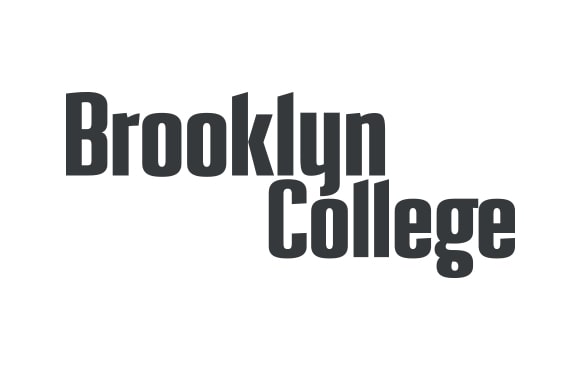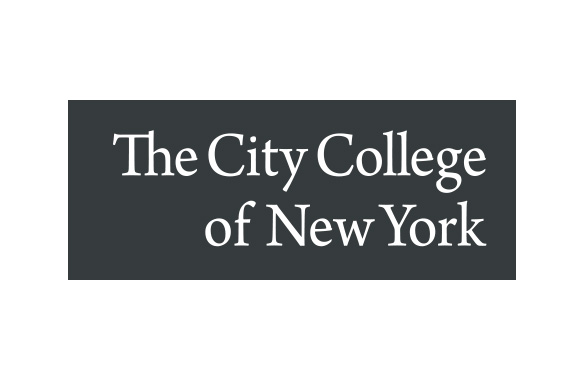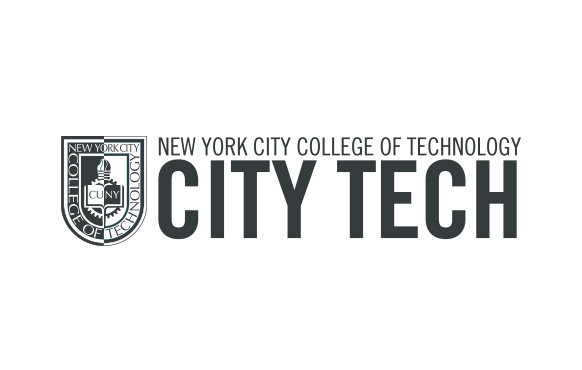Read the latest health and safety guidelines for Fall 2021 here.

Start Your Transfer Journey Today
No matter where you are along your journey, we’ll help you plan for the next big step. Visit our How to Apply page to get started and contact us with any questions. To view how courses taken at one CUNY college will transfer to another CUNY college, use the Transfer Explorer.
#whyCUNY
Affordable Education
CUNY degrees expand your mind without emptying your pocket.
Our financial aid enables two out of three students to attend tuition-free
and three out of four to graduate debt-free.
NEW YORK STATE RESIDENT
Four-Year Colleges
$6,930 per year
Two-Year Colleges
$4,800 per year
OUT-OF-STATE RESIDENT
Four-Year Colleges
$18,600 per year
Two-Year Colleges
$9,600 per year
Big Ideas, Opportunities and Success
There has never been a better time to further your education.
Earning a college degree with CUNY brings you one step closer to:
Earning More.
College graduates
have higher income
Finding
Your Dream Job.
You’ll have access to more professional opportunities
Feeling Secure.
Even during economic recessions, college graduates are more likely to maintain their income
Enjoying a Future
with
No Student Debt.
Kayleen Verdejo
Queensborough, Hunter College
Amber Pitt
BMCC, Hunter College
Nataly Toro
BMCC, John Jay College
Carel Anthony
Baruch College
WHERE WILL CUNY TAKE YOU?
A Bridge to Jobs
We’ll help you make connections that match your drive. Our students secure internships with top organizations and land jobs.















Frequently Asked Questions
If you have attended a college/university, proprietary school, vocational school or religious school after completing high school, you are a transfer student. Select the transfer application even if you are not seeking transfer credit or have decided to change majors. Second degree students are also transfer students.
Use the CUNY Application to apply and receive decisions from up to 4 colleges. Visit our How to Apply page for more guidance on what is needed to apply.
Yes. The priority deadline to apply for Fall is February 1st. For Spring, the deadline is September 15th. Our colleges operate on a rolling admission basis, which means that they continue reviewing applications throughout the cycle. It’s a good idea to apply early and have more time to complete your enrollment steps at your future campus.
Visit our Majors page to learn about what’s offered at each college.
Start planning as soon as you know you want to transfer; it’s a great idea to meet with your academic advisor and plan to take courses that are likely to transfer to your future college. You also want to review the admissions requirements of your future college.
CUNY’s Office of Academic Affairs has a page dedicated to outlining your rights and responsibilities as a transfer student, whether you are a current CUNY student or not. Familiarize yourself with the content on this page at the beginning of your transfer process. This page will empower you to make sound decisions during your transfer journey.
It’s a great idea to plan your transfer with your current academic advisor. Some colleges also have transfer offices that are dedicated to helping students transition to a new college. And finally, the admissions office at your future college is a great resource. Each of these offices is dedicated to supporting your journey.
No, GPAs start over when a student transfers to a new college.
Planning for a successful transfer to another institution should begin as early as possible. The specific program and college you choose directly impacts how credits transfer. The longer you wait to make a decision, the more you risk accumulating excess credits that cost you time and money.
As soon as you start enrolling in classes, you should consider making an informed decision about transferring and where you might want to transfer. Then align your coursework to those courses that either the Transfer Credit Tools or the Transfer Agreements say will transfer best for you and take those courses. If you start to run out of courses that will transfer, it may be the time to consider transferring and then obtaining your associate degree through the Reverse Transfer Process.
As part of your preparation for transfer, it is recommended that you start your math (based on your major) and English (composition) sequences as early as possible, as they are common requirements across most programs. Generally, you can also prepare to transfer by meeting with advisors and aligning your coursework to those courses that the Transfer Credit Tools or the Transfer Agreements say will transfer best for you.
Once you are accepted and admitted to the college you applied to transfer to, the college will conduct a credit evaluation using the information you submitted during the application process. The results will be made available via CUNYfirst and subsequently in DegreeWorks.
NOTE: CUNY colleges may also request to see supplemental materials (like transcripts) and other relevant information about coursework to determine the number of transfer credits to be awarded. Visit your college’s transfer office website to find out more information.
It depends on many factors that are unique to each student’s situation. A major factor is how well the courses in your associate degree program will count toward requirements for your desired bachelor’s program (i.e. satisfying the general education and/or major requirements for your desired bachelor’s program). Students who complete a CUNY associate degree before transferring only need to take 6 additional general education credits at the CUNY senior college (instead of 9-12 credits for a student without an associate degree). However, if you start to run out of courses that will transfer, it may be the time to consider transferring and then obtaining your associate degree through the Reverse Transfer Process
If you are a CUNY student, use the transfer credit tools that are available to get an idea of how many credits will transfer. If you are a Non-CUNY student, you may have tools available at your current school to help and when you commit to your transfer school you will receive your Transfer Credit Evaluation Report
All schools consider a student’s GPA when reviewing applications, so keep your GPA as high as possible to remain competitive.
This is a process through which a student who has transferred to a CUNY Bachelor’s program from a CUNY community college without first earning an Associate’s degree might still be able to earn that associate degree. With Reverse Transfer, credits earned at the transfer school that meet and complete the academic credentials of the Associate’s degree are “transferred back” from the four-year institution to the two-year institution to meet the Associate’s degree requirements. Visit the Reverse Transfer page for more information.
There are many benefits for students who earn their associate degree through reverse transfer. For starters, an associate degree provides students with a recognized and meaningful credential that can increase their job and wage potential.
Tips
Start Early!
Speak with your academic advisor to start planning transfer so you can take the right courses
Use Existing Tools
to stay on track. When planning your courses, use transfer tools to choose courses that will allow you to transfer as many credits as possible to meet credit requirements at your future college
Do the Math
Taking 15 credits per semester and 30 credits a year will help you stay on track to graduate in 2 years with an associate degree or 4 years with a bachelor’s degree. You can also stay on track to graduate by taking classes during the Summer or Winter sessions.
Keep It General
If you are unsure about your major, you should focus on taking general education courses. These courses allow you to explore different subject areas. If you are transferring from another CUNY school, they will always fulfill general education requirements when you transfer.
Understand Your Financial Aid
There is a lifetime eligibility limit to the total amount of Federal Pell Grants that you may receive – it’s 6 school years. Visit studentaid.gov to understand your Federal Pell limits and check your usage
Keep an Eye on Your Application!
Once you’ve applied, you can review the status of your application by logging into CUNYfirst.
Plan Your Courses
Keep in mind how your credits will apply to your general education requirements, your major requirements, and your elective requirements at your future college. Since there are only a limited number of elective credits required, you want to avoid ending up with too many electives and losing credits in the transfer process, which can cost you more time and money!
Check Your Credits, Then Choose Your College
You may not receive an official credit evaluation until after you commit to a college. If you’re transferring from one CUNY college to another, use existing tools to check how your credits will transfer to help you select your future college
Maximize Your Credit Transfer!
You can receive credit for work done while you were in high school (for example, AP and IB) and also for other prior learning and exams, such as certifications and CLEP. Advocate for yourself and make sure your new college has all of the information they need to award you as much credit as possible, you earned it!
Save the Documents
For most schools that you apply to for transfer, you will not receive an official credit evaluation until after you have accepted the offer, so hold on to your course syllabi, transcripts and other paperwork to help you make a case if your credits have not transferred as expected and you choose to appeal.
Pay Attention to Your Financial Aid
Financial aid grants available to students are for a limited number of semesters. Choosing courses that will not transfer can result in you running out of financial aid before you finish your degree. This means planning is essential. Visit the Financial Aid for Transfer Students page for more information and for steps on updating your financial aid information after your transfer process is complete.
Apply Early!
Early application submission could mean earlier acceptance, credit evaluation and registration, making it more likely that you will be able to enroll in your desired courses before they fill up. Visit the Deadlines & Notification Dates page for more information and contact us for additional guidance.
Keep It in the CUNY Family!
All CUNY credits will transfer to any other CUNY college, even if an equivalency doesn’t exist. Seek help if you believe that your credits didn’t transfer correctly.
Check That Courses Apply!
Use DegreeWorks and the Financial Aid Tracking System (FACTS) to avoid taking courses that don’t apply to your degree. If your course in DegreeWorks reads ‘Electives not allowed’, it means that TAP won’t pay for it, and you should check with your advisor whether you really need to be taking it.”
Your Future College
When taking courses outside of the general education requirements,take courses that align with your major at your future college.























